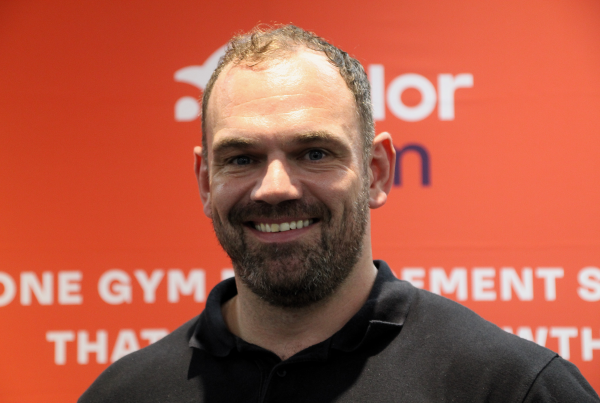By Sheyde Bolton, Performance Marketing Manager, Move
Big tech’s big names are great at it. It’s now widely accepted that the most effective changers of behaviour over the past 20 years have been digital: Netflix, Facebook, Google, Amazon. The way we entertain ourselves, the way we socialise, the way we inform ourselves and the way we shop have all changed drastically, forever.
Our own industry is fundamentally about behaviour change. We want to get people active and keep them active. It’s therefore a little strange as to why the power of effective digital product design is still underestimated in health and fitness.
At Move, we think that we can help convey the power of behaviour change through digital design by demystifying it, simplifying the jargon and showing how it works at individual levels. It may then seem simple, breaking the principles down this way, but really this is the net effect of almost a decade’s worth of product team building, lifecycle lessons, A/B testing and iteration.
In this article, we’re using our collaboration with Edinburgh Leisure and Gladstone, as well as data taken from a selection of Virtual Studio partners such as South Staffordshire Leisure and Rossendale Leisure (in collaboration with XN Leisure), to illustrate some of the design principles we use to change behaviour effectively.
Design principle: ‘Don’t make me think’
What this really means:
Your goal for each page or screen is to be 100% self-evident, so that just by looking at it the average user can say, “I get it.” If it’s unclear, your customer is likely to lose interest or drop out and the opportunity is lost.
Helpful features for acquisition:
Super simple one-click logins and invites get the user going straight away. Acquisition is seamless and fast. One-click really means one click.
The effect for Edinburgh Leisure:
When promoting a new virtual offering without these supporting digital features, between reaching the (direct debit) member base to sign up/sign in, you routinely see a 5% penetration. With the addition of these features for Edinburgh Leisure, we saw a 500% increase against this norm. This has since increased to one-in-two member penetration, totalling 4,000 registrations.
Design principle: ‘Investment and the sunk cost effect’
What this really means:
The ‘sunk cost effect’ comes into play when an individual continues a behaviour or endeavour as a result of previously invested resources, eg time, money or effort.
Helpful features driving retention:
The ‘Book Again Nudge’ – after completing a class, when the adrenaline and endorphin rush is at its best level (‘motivational peak’), the customer is most likely to commit to booking again. So, they get a nudge in the form of a push notification or action response, including motivational and positive feedback.
‘Smart Defaults’ – the customer gets to the activities they’re most likely to engage with as quickly and as smoothly as possible, taking things off their ‘thinking list’ and thereby reducing the number of steps the user has to take to rebook.
‘Move Wallet’ – the customer credit means they have already paid for this activity, so their motivation to attend is higher.
The effect for Virtual Studio partners:
Upon releasing these features for some partners we saw a 36% increase in bookings within the hour after customers finished their livestream class.
Design principle: Social proof
What this really means:
Social proof refers to the tendency of people to follow the actions of others when making a decision.
Helpful features driving retention:
‘Customer reviews’ and the ‘favourite button’ – a constant source of information and insight for all the collaborating partners, they help decide what to promote on curated carousels and help users decide sooner which classes and activities they are likely to prefer. Operators and instructors can make direct use of the regular feedback capture too.
The effect for Virtual Studio partners:
The “X number of people favourited this” text has led to a 34.8% increase in engagement.
“By using these principles, every stage and every micro-stage of the customer lifetime cycle becomes more useful and manageable. In this case, Edinburgh Leisure and other operators are successfully using them to drive better engagement, creating more valuable customers as a result. Customers also get active sooner and stay active for longer. And, really, this is the behaviour change the industry aims to deliver.”
For more information, visit the Move website.

More People More Active More Often




